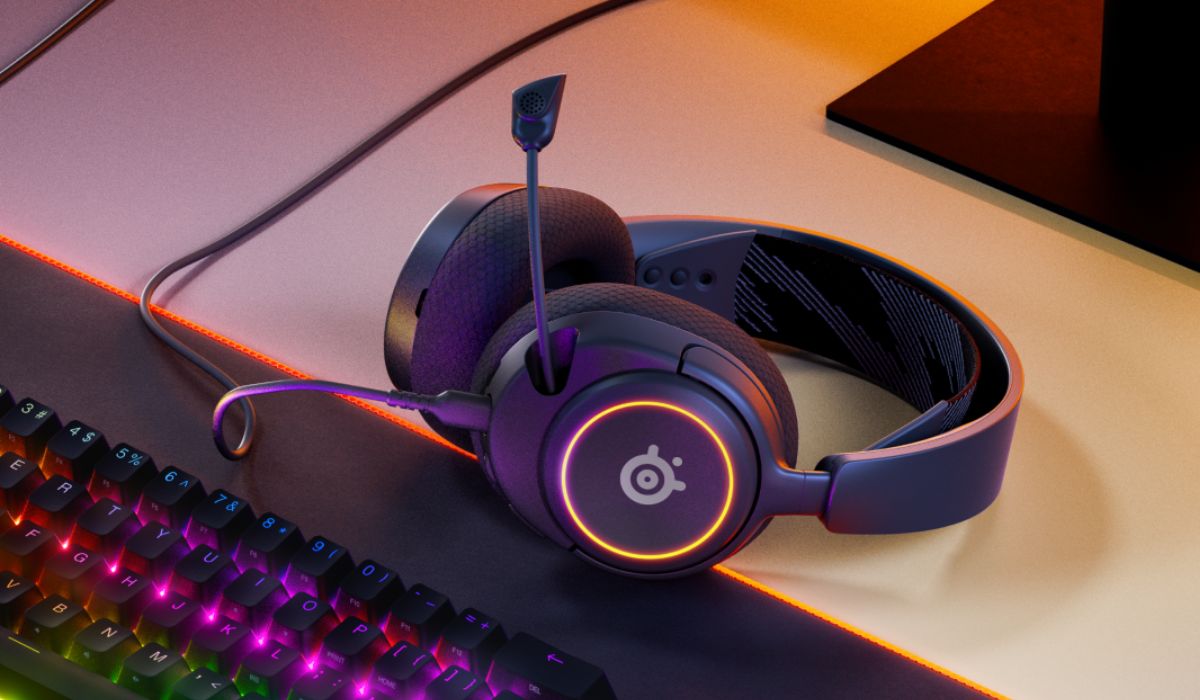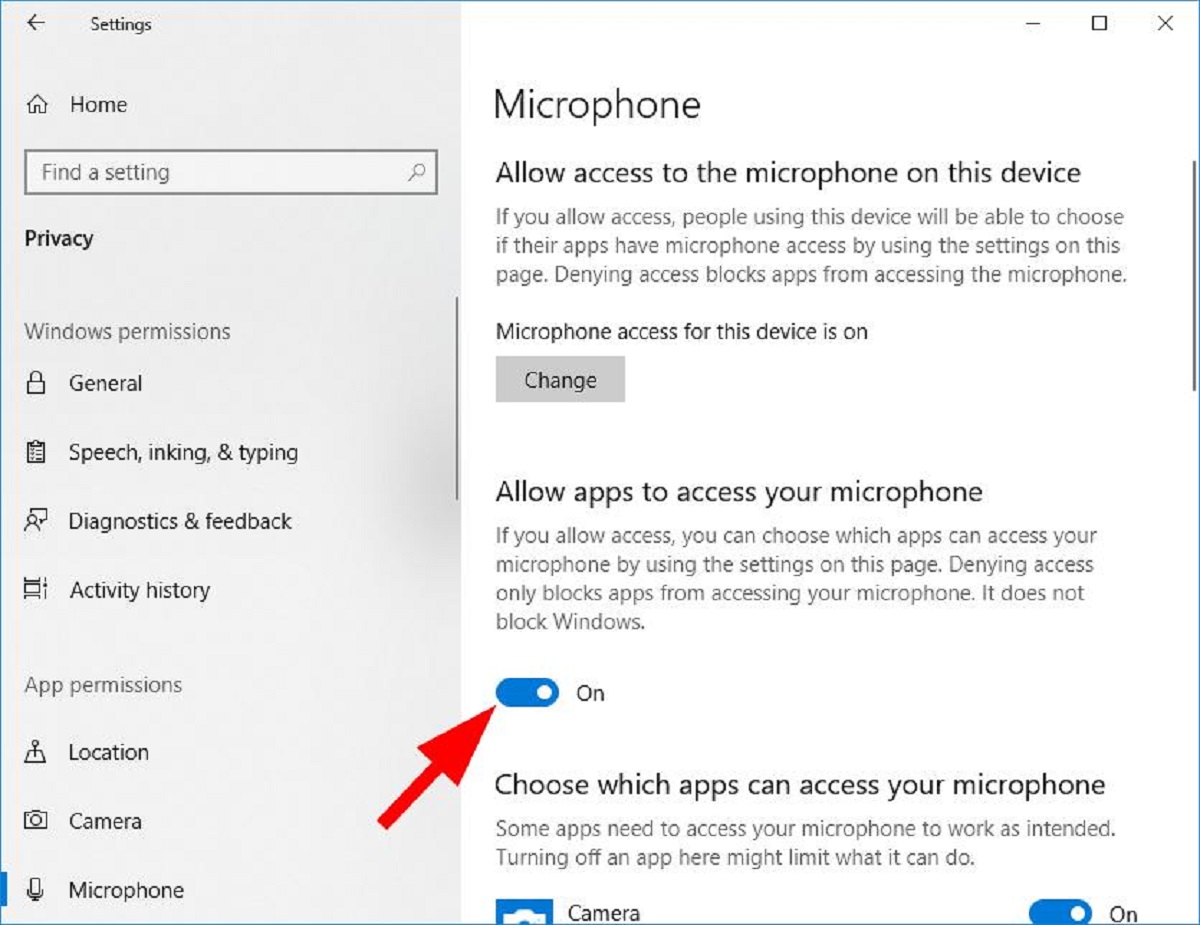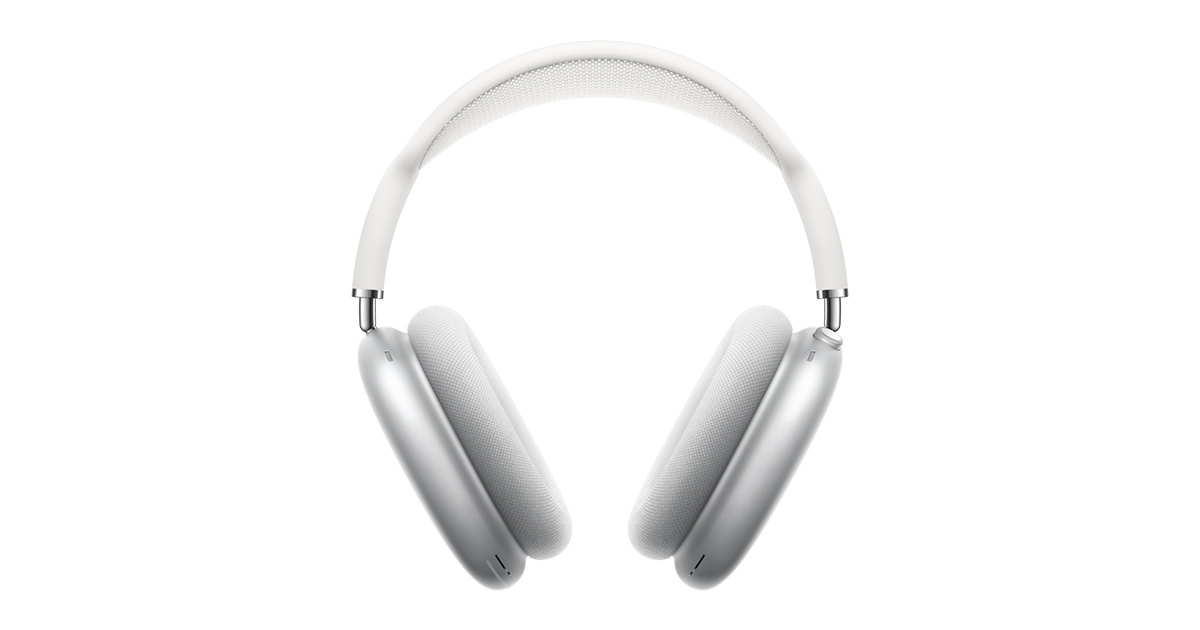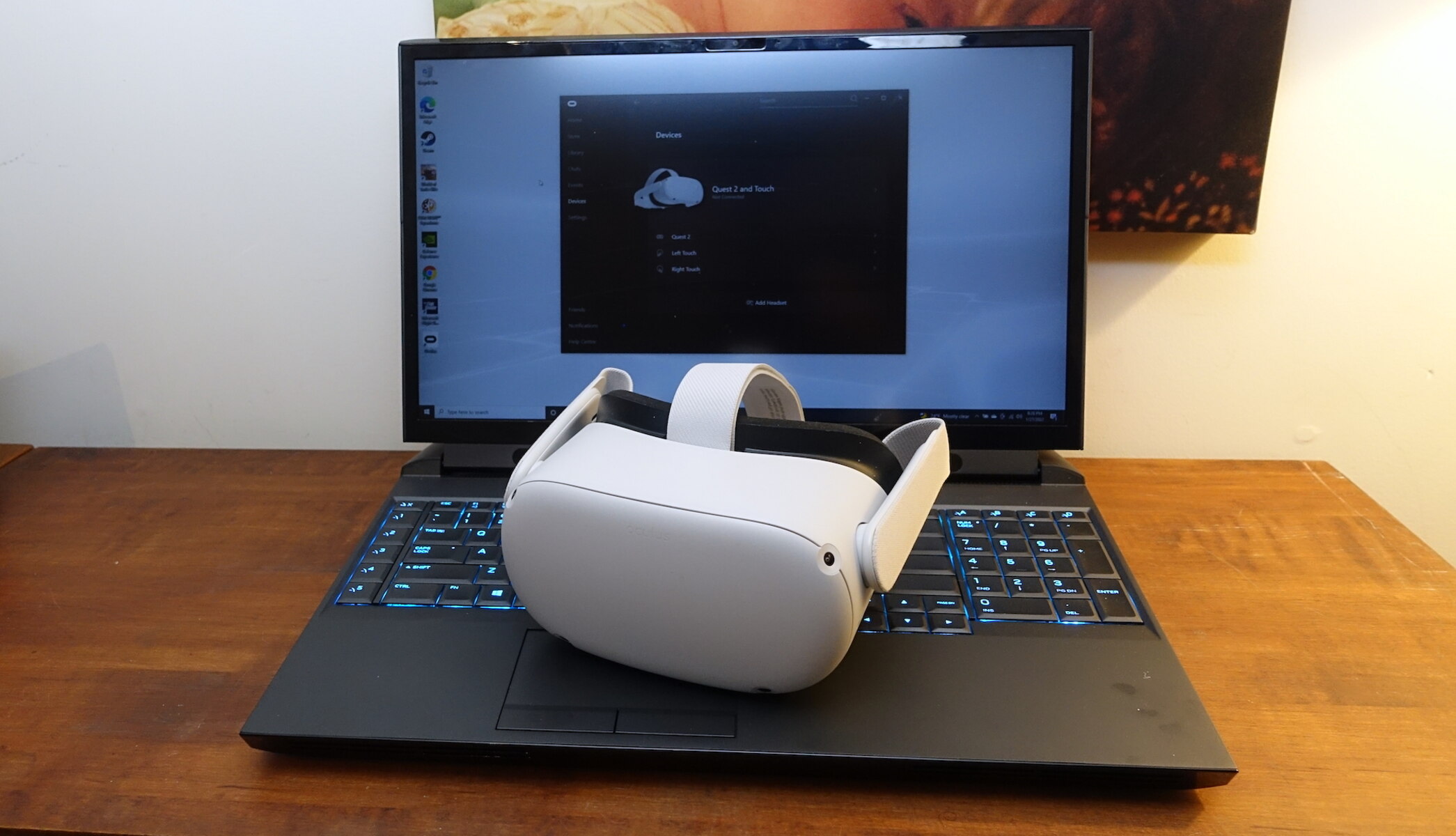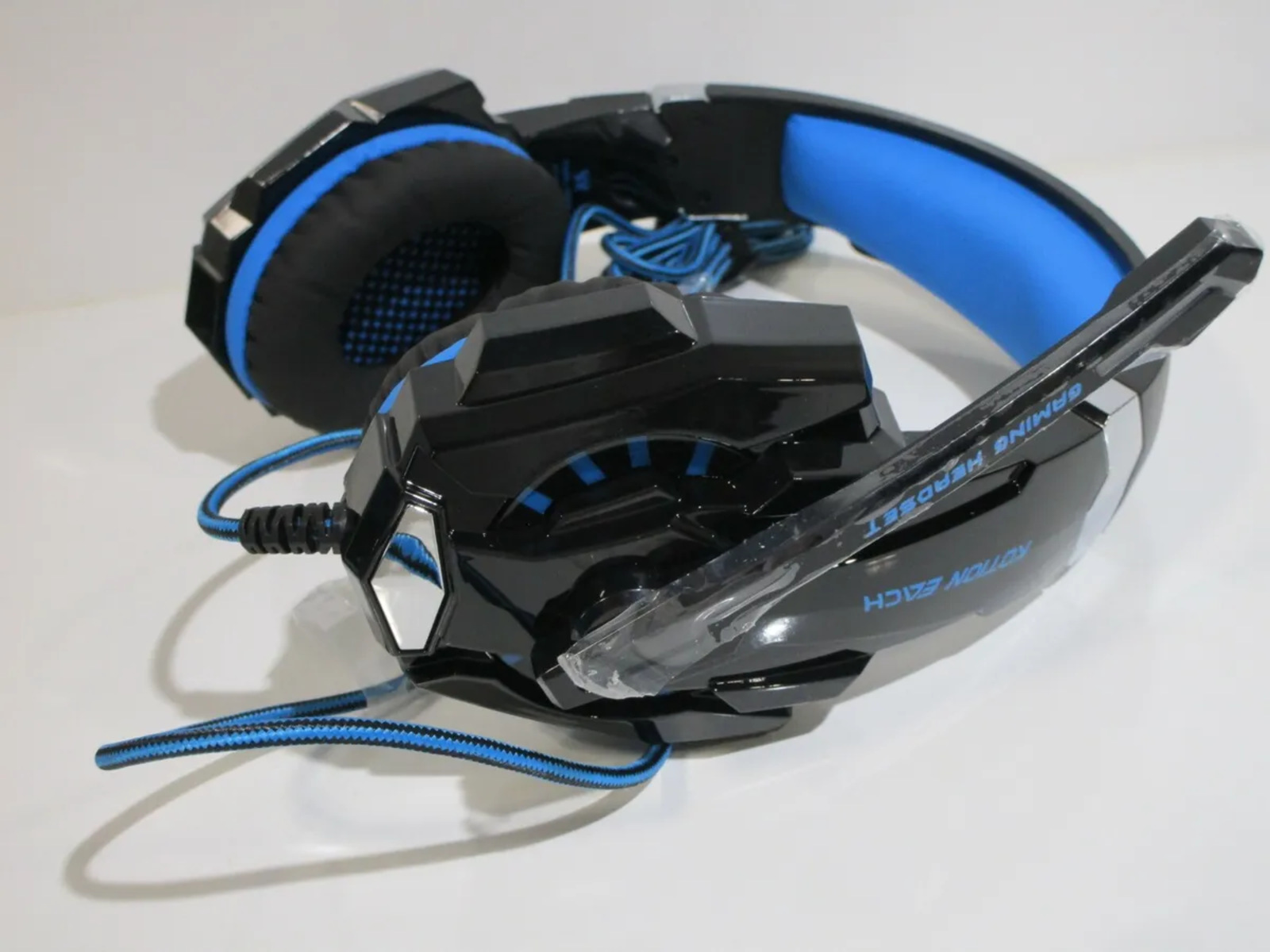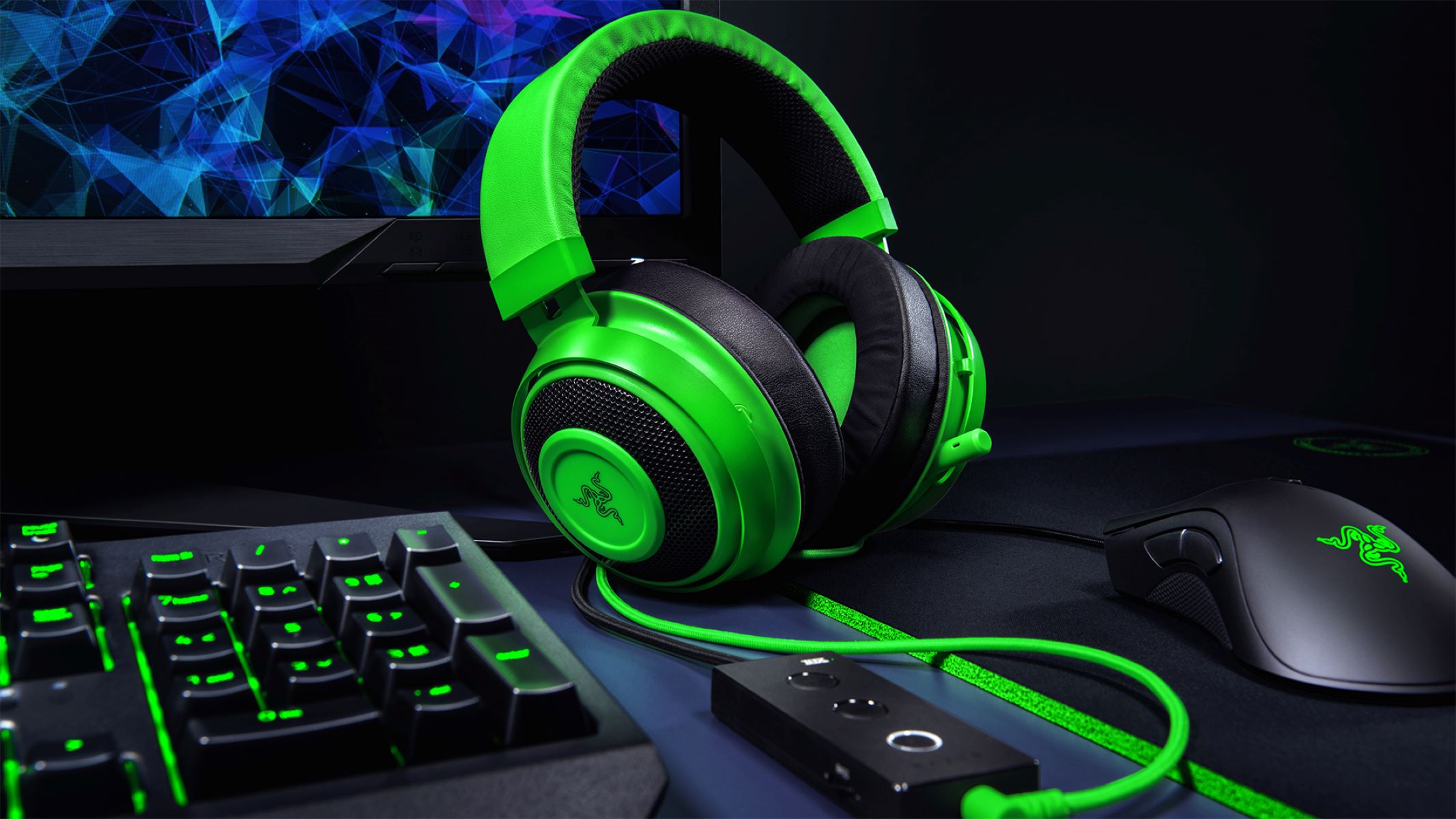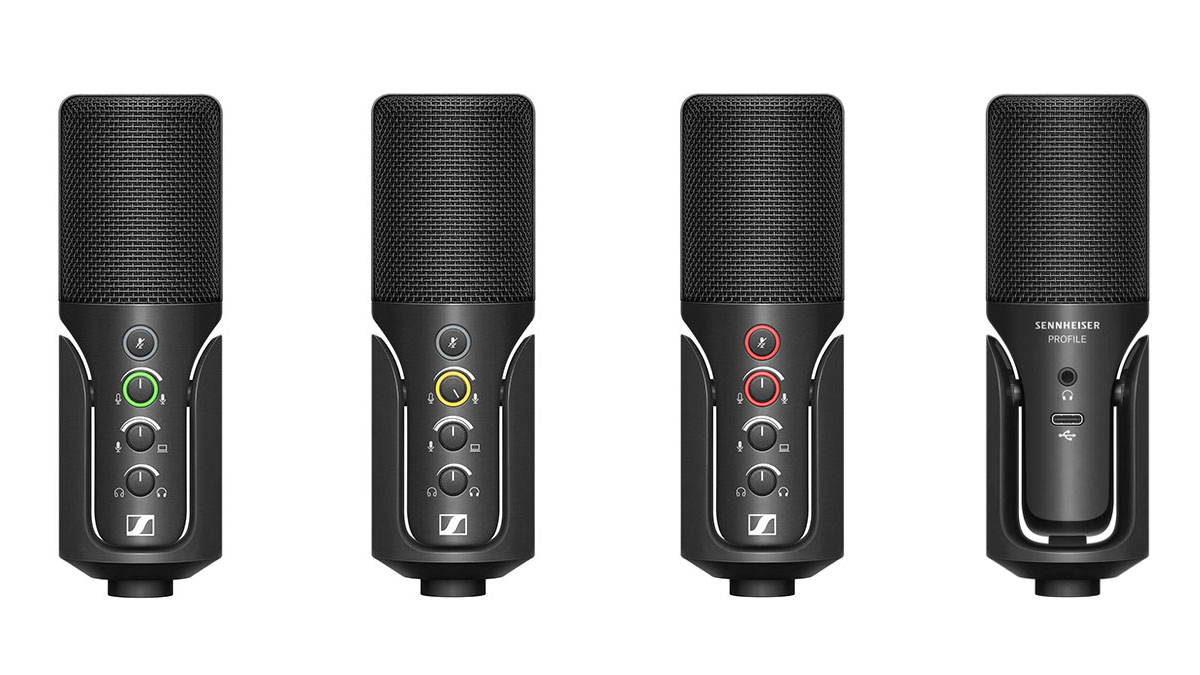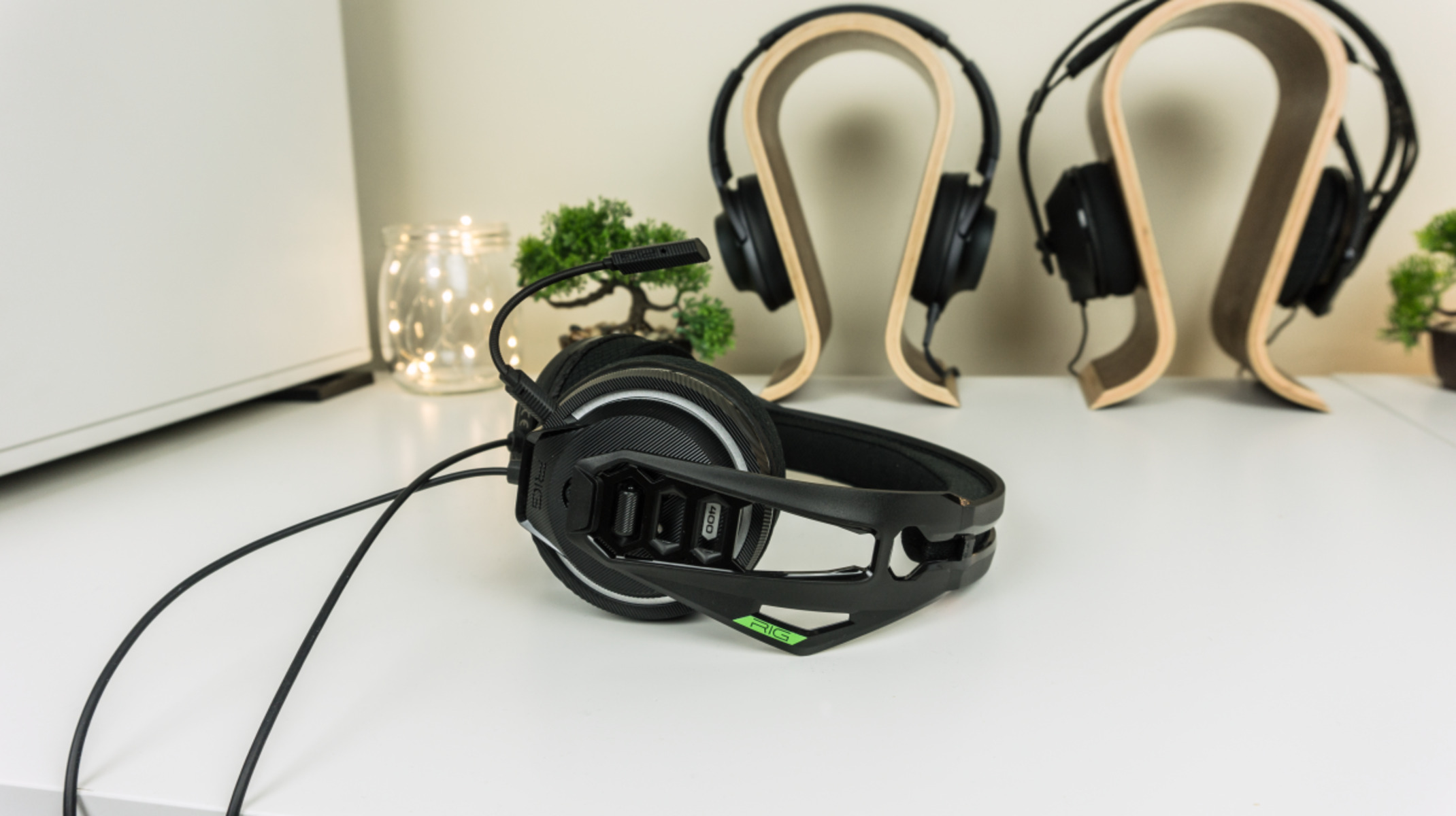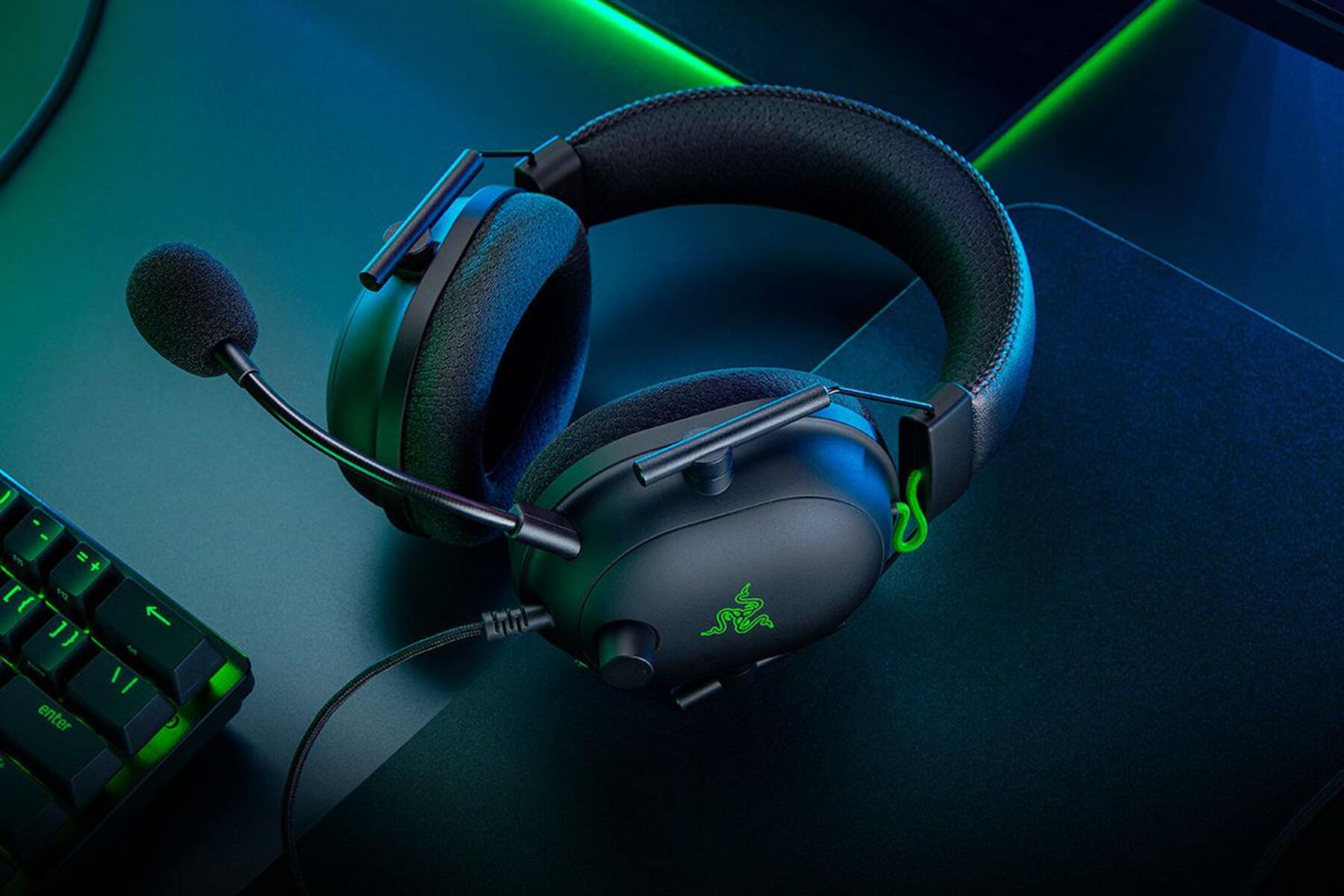Introduction
When it comes to immersing oneself in the virtual world of gaming, a reliable headset is an indispensable tool. Whether you're communicating with teammates, enjoying the game's audio effects, or simply seeking an immersive experience, a gaming headset is crucial. However, encountering issues with your headset's functionality can be frustrating, especially when you're eager to dive into your favorite game. In this guide, we'll explore the essential steps to test if a gaming headset is working on your PC, helping you troubleshoot any potential issues and get back to gaming seamlessly.
A malfunctioning gaming headset can stem from various factors, including physical connections, software settings, or hardware defects. By systematically evaluating each aspect, you can pinpoint the root cause of the problem and take appropriate measures to rectify it. From checking physical connections to testing the microphone and audio output, this comprehensive guide will equip you with the knowledge to ensure your gaming headset is fully operational.
As we delve into the troubleshooting process, it's important to approach each step with patience and attentiveness. Sometimes, the solution may be as simple as adjusting a setting or reseating a cable. By following the steps outlined in this guide, you'll be able to methodically diagnose and address any issues affecting your gaming headset's functionality. Let's embark on this troubleshooting journey to ensure that your gaming headset is ready to deliver an immersive and uninterrupted gaming experience.
Check the Physical Connections
Before delving into software settings and advanced troubleshooting, it’s essential to start with the basics: checking the physical connections of your gaming headset. Even the slightest disconnection or loose cable can disrupt the headset’s functionality. Here’s a step-by-step approach to ensure that the physical connections are secure and properly set up:
- Inspect the headset’s connection to the PC: Begin by examining the connection between the headset and your PC. If it’s a wired headset, ensure that the audio and microphone jacks are fully inserted into the corresponding ports on your computer. For wireless headsets, verify that the wireless receiver is plugged into a functional USB port and is within the recommended range of the headset.
- Check the headset’s cable for damage: If your gaming headset is wired, carefully examine the entire length of the cable for any signs of wear, fraying, or damage. Even minor damage to the cable can lead to audio or microphone issues. If you notice any damage, consider replacing the cable or contacting the manufacturer for assistance.
- Verify the headset’s power source: For wireless gaming headsets, ensure that the device is adequately charged or that the batteries are functional. A low battery level can result in intermittent connectivity or audio disruptions. If the headset has a charging cable, confirm that it’s securely connected to a power source and the headset.
- Re-seat the connections: Sometimes, simply reseating the headset’s connections can resolve connectivity issues. Unplug the headset from your PC or charging port, wait for a few seconds, and then reconnect it firmly. This action can help establish a secure connection and eliminate any minor disruptions.
By meticulously examining and addressing the physical connections of your gaming headset, you can eliminate common issues related to connectivity and cabling. Once you’ve verified that the physical setup is sound, you can proceed to the next step of testing the headset’s audio and microphone functionality.
Adjust the Volume Settings
After ensuring that the physical connections are secure, it’s crucial to focus on the volume settings to guarantee optimal audio output from your gaming headset. Incorrect volume configurations can lead to sound distortion, low audio levels, or even complete silence. To address these potential issues, follow these steps to adjust the volume settings on your PC:
- Check the volume mixer: Access the volume mixer on your PC by clicking on the speaker icon in the system tray or by searching for “volume mixer” in the Windows search bar. Once open, verify that the volume levels for the gaming headset are appropriately adjusted. Ensure that the volume is not muted and that it’s set to a comfortable and audible level.
- Adjust the headset’s inline controls: Many gaming headsets feature inline volume controls or a dedicated volume wheel. If your headset includes these features, confirm that the volume settings on the headset itself are not muted or set too low. Experiment with adjusting the volume controls to determine if it resolves any audio output issues.
- Review system sound settings: Navigate to your PC’s sound settings and examine the default audio output device. Confirm that the gaming headset is selected as the default playback device to ensure that audio is directed to the headset rather than other output sources, such as speakers or alternative devices.
- Update audio drivers: Outdated or corrupted audio drivers can impact the performance of your gaming headset. Check for driver updates through the device manager or the manufacturer’s website. Installing the latest audio drivers can potentially resolve audio-related issues and enhance the overall functionality of the headset.
By meticulously adjusting the volume settings and ensuring that the audio output is correctly directed to your gaming headset, you can mitigate common issues related to sound quality and playback. Once you’ve fine-tuned the volume configurations, proceed to the next step of testing the microphone functionality to complete the comprehensive assessment of your gaming headset’s performance.
Test the Microphone
Effective communication is integral to the gaming experience, making the microphone functionality of your gaming headset a critical aspect to evaluate. Ensuring that your microphone is functioning optimally involves conducting a series of tests and adjustments to guarantee clear and reliable voice transmission. Follow these steps to test the microphone on your gaming headset:
- Configure microphone settings: Access the sound settings on your PC and navigate to the “Microphone” or “Recording” tab. Verify that the gaming headset’s microphone is recognized and selected as the default recording device. Adjust the microphone levels to an appropriate sensitivity to capture your voice clearly without distortion or background noise.
- Test the microphone using built-in tools: Many operating systems offer built-in utilities for testing microphone input. Utilize these tools to record a brief audio snippet and play it back to assess the quality and clarity of the recorded sound. Pay attention to any anomalies, such as static, muffled audio, or complete silence, which may indicate underlying issues with the microphone.
- Check the microphone mute switch: If your gaming headset features a physical mute switch or button for the microphone, ensure that it’s not engaged. Activating the mute feature can prevent your voice from being transmitted, leading to communication issues during gaming sessions. Verify that the microphone is not inadvertently muted, either through the headset’s controls or the PC settings.
- Inspect the microphone boom and connection: For headsets with a detachable or adjustable microphone boom, confirm that it’s securely connected to the headset and positioned correctly near your mouth. A loose or misaligned microphone boom can result in diminished voice capture and transmission quality. Adjust the boom to achieve an optimal position for clear communication.
Thoroughly testing the microphone functionality of your gaming headset is essential for seamless communication with teammates and an immersive gaming experience. By meticulously configuring the microphone settings, conducting audio tests, and verifying the physical integrity of the microphone components, you can address potential issues and ensure that your voice is conveyed clearly and effectively during gaming sessions.
Test the Audio Output
Assessing the audio output of your gaming headset is crucial to ensure that you can fully immerse yourself in the auditory elements of your favorite games. By conducting comprehensive tests and adjustments, you can identify and address any issues that may compromise the quality of the audio output. Follow these steps to thoroughly test the audio output of your gaming headset:
- Play audio from various sources: Begin by playing audio from different sources, such as music, videos, or game soundtracks, to evaluate the headset’s performance across a range of audio formats. Pay attention to the clarity, depth, and balance of the sound to identify any discrepancies or irregularities that may indicate potential issues with the headset’s audio output.
- Test surround sound capabilities: If your gaming headset features surround sound functionality, engage in activities or games that showcase spatial audio effects. Verify that the headset accurately reproduces directional audio cues and immerses you in a realistic and expansive auditory environment. Adjust the surround sound settings if available to optimize the spatial audio experience.
- Inspect audio cable integrity: For wired gaming headsets, examine the integrity of the audio cables and connectors. Ensure that the cables are not damaged, frayed, or subjected to excessive wear, as these issues can lead to audio disruptions or diminished sound quality. If necessary, consider replacing the audio cables to maintain optimal audio transmission.
- Utilize audio testing software: Explore the use of audio testing software or online tools designed to assess the frequency response, audio fidelity, and channel balance of your gaming headset. These tools can provide detailed insights into the performance of the headset’s audio output and aid in identifying any areas that require adjustment or troubleshooting.
Thoroughly testing the audio output of your gaming headset allows you to appreciate the nuances of in-game sound effects, dialogue, and musical scores while ensuring a captivating and immersive gaming experience. By engaging in diverse audio experiences, evaluating surround sound capabilities, and examining the integrity of audio cables, you can address potential audio-related issues and optimize the performance of your gaming headset.
Additional Troubleshooting Steps
If you’ve completed the initial checks and tests for your gaming headset and are still encountering issues, additional troubleshooting steps can help pinpoint and resolve persistent problems. These advanced measures encompass software configurations, firmware updates, and environmental considerations to comprehensively address any remaining issues with your gaming headset:
- Software and firmware updates: Ensure that the software drivers and firmware for your gaming headset are up to date. Visit the manufacturer’s website or use proprietary software to check for available updates. Installing the latest drivers and firmware can introduce performance enhancements, bug fixes, and compatibility improvements that may resolve persistent issues.
- Environmental interference: Evaluate your gaming environment for potential sources of interference that may impact the performance of your headset. Wireless headsets, in particular, can be susceptible to interference from other electronic devices, wireless routers, or physical obstructions. Minimize potential sources of interference or consider repositioning your gaming setup to mitigate these effects.
- Advanced audio settings: Explore advanced audio settings within your operating system or gaming software to fine-tune the audio output and microphone input parameters. Adjustments such as equalizer settings, microphone noise reduction, and spatial audio enhancements can optimize the overall performance of your gaming headset and address specific audio-related issues.
- Compatibility checks: Verify the compatibility of your gaming headset with your PC’s operating system and hardware specifications. Some headsets may require specific software or drivers to function seamlessly with certain operating systems. Confirm that your headset is fully compatible with your PC to avoid compatibility-related issues.
By delving into advanced troubleshooting steps, you can address persistent issues with your gaming headset and optimize its functionality for an enhanced gaming experience. Whether it involves updating software and firmware, mitigating environmental interference, fine-tuning advanced audio settings, or confirming compatibility, these measures can resolve complex issues and ensure that your gaming headset operates at its full potential.







